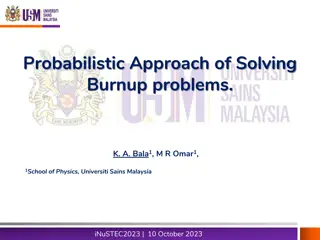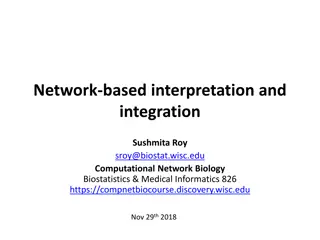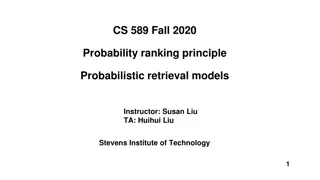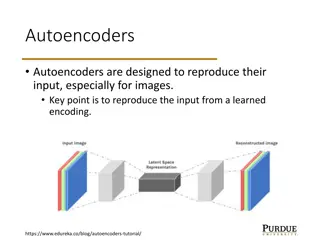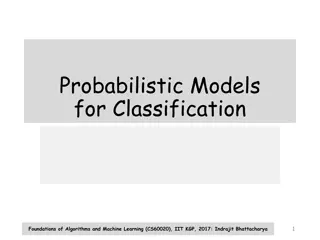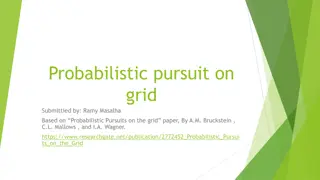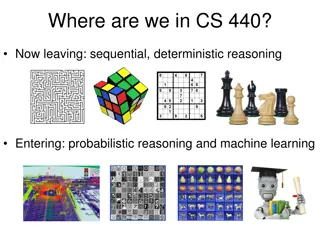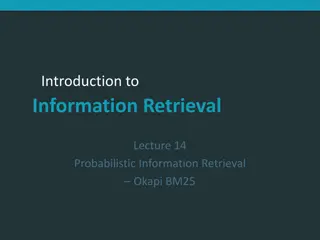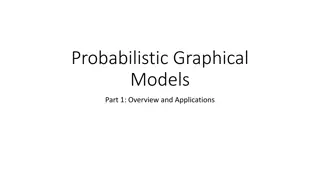Understanding Probabilistic Models: Examples and Solutions
This content delves into probabilistic models, focusing on computing probabilities by conditioning, independent random variables, and Poisson distributions. Examples and solutions are provided to enhance understanding and application. It covers scenarios such as accidents in an insurance company, gender probabilities, and joint probabilities in different settings.
Download Presentation

Please find below an Image/Link to download the presentation.
The content on the website is provided AS IS for your information and personal use only. It may not be sold, licensed, or shared on other websites without obtaining consent from the author. Download presentation by click this link. If you encounter any issues during the download, it is possible that the publisher has removed the file from their server.
E N D
Presentation Transcript
Aysun PINARBAI 17500179 Probabilistic Models Submitted to: Assist. Prof. Dr. Sahand DANESHVAR
Computing Probabilities by Conditioning From the definition of X that E[X]= P(E), E[X|Y=y] = P(E|Y=y), for any random variable Y
Example: Suppose that X and Y are independent continuous random variables having densities ??and ??, respectively. Compute P { X<Y }.
Example: - An insurance company supposes that the number of accidents that each of its policyholders will have in a year is Poisson distributed, with the mean of the Poisson depending on the policyholder. If the Poisson mean of a randomly chosen policyholder has a gamma distribution with density function g( ) = ? , 0 what is the probability that a randomly chosen policyholder has exactly n accidents next year?
Solution: X: the number of accidents that a randomly chosen policyholder has next year Y: the Poisson mean number of accidents for this policyholder Then conditioning on Y yields:
Example: Suppose that the number of people who visit a yoga studio each day is a Poisson random variable with mean . Suppose that each person who visits is, independently, female with probability p or male with probability 1 p. Find the joint probability that exactly n women and m men visit the academy today. Solution: ?1: the number of women ?2: the number of men N = ?1+ ?2be the total number of people who visit
Conditioning on N gives; P {?1= n, ?2= m | N = i } = 0 when i = n + m , the preceding equation yields that
Given that n + m people visit it follows, because each of these n + m is independently a woman with probability p, that the conditional probability that n of them are women (and m are men) is just the binomial probability of n successes in n+m trials. Therefore; Because the preceding joint probability mass function factors into two products, one of which depends only on n and the other only on m, it follows that ?1and ?2are independent.
Moreover, ?1and ?2 independent Poisson random variables with respective means p and ( 1 p) So; The numbers of type 1 and type 2 events are independent Poisson random variables as being type 1 with probability p or type 2 with probability 1 p.
References Introduction to Probabilistic Models, Sheldon M. Ross





